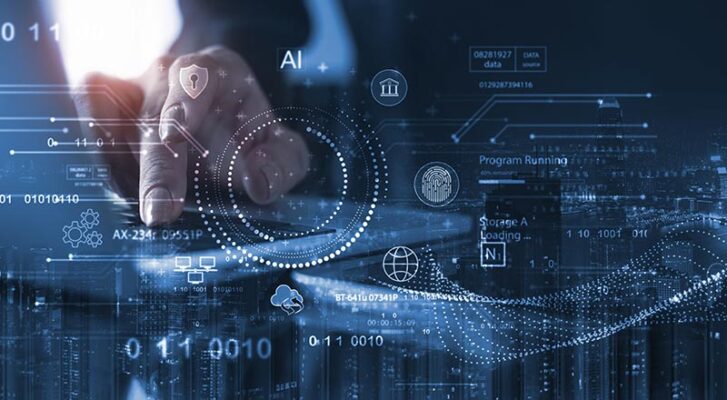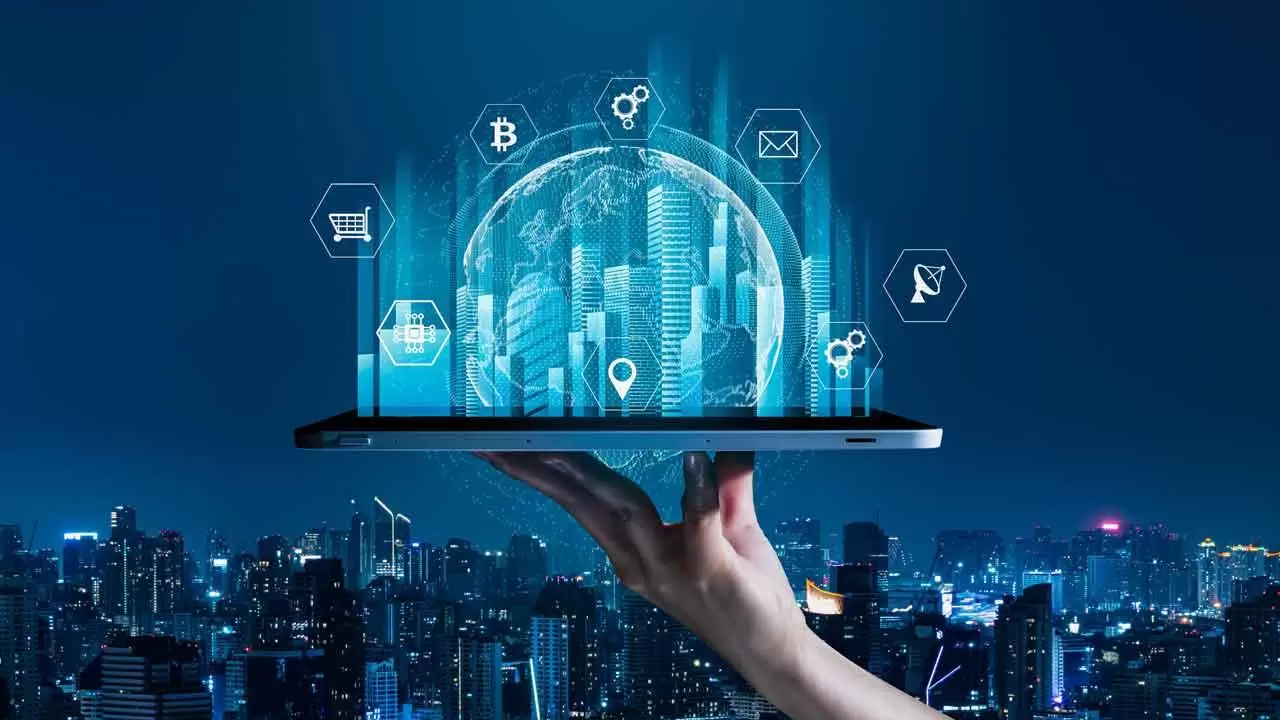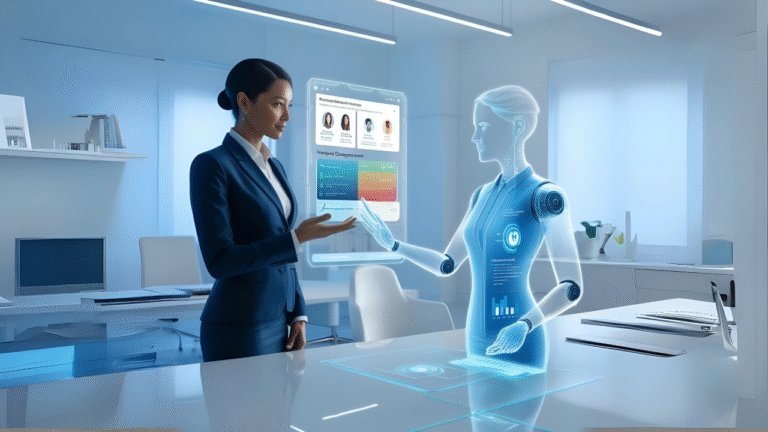The rollout of 5G networks has been hailed as a revolution in connectivity. Promising lightning-fast speeds, ultra-low latency, and the ability to handle millions of devices simultaneously, 5G is poised to transform industries and everyday life. But there’s another piece of the puzzle that ensures this potential becomes reality: edge computing. Together, 5G and edge computing are reshaping how data is processed, shared, and experienced.
What Is Edge Computing?
Traditionally, data is sent from devices to centralized servers—often miles or even continents away—for processing. This creates latency, or delays, that can affect user experiences and disrupt real-time operations. Edge computing changes that by processing data closer to where it is generated—whether at a local data center, a base station, or even the device itself.
The impact is significant: faster responses, less reliance on distant cloud servers, and the ability to power applications that require instant processing, from autonomous vehicles to augmented reality. Much like choosing the right dp for insta to reflect identity instantly, edge computing ensures data is presented and acted upon without delay.
Why Edge Computing And 5G Work Together?
5G networks provide the speed and bandwidth to move data quickly, but without edge computing, this data would still travel long distances to centralized servers. By combining 5G with edge computing, information is processed locally, reducing latency to milliseconds.
This synergy is crucial for applications like self-driving cars, telemedicine, and real-time gaming. Imagine surgeons performing remote operations or factories running machines with instant feedback—all made possible by this partnership.
Just as professionals rely on platforms like lawyer search Australia to quickly find trusted legal experts, industries rely on the 5G-edge computing combination for quick, reliable results that minimize delays.
Real-Time Experiences For Users
One of the most noticeable benefits of edge computing in a 5G world is the enhancement of everyday user experiences. Online gaming, video streaming, and immersive technologies like AR and VR become smoother and more engaging when latency is minimized.
The immediacy of these experiences can be compared to the emotional resonance found in sharabi shayari. Just as poetry can instantly capture and reflect a moment’s mood, edge computing ensures that digital interactions feel immediate and authentic.
Transforming Businesses And Industries
Businesses are already leveraging edge computing and 5G to gain competitive advantages. Retailers use it to personalize customer experiences in real time, while manufacturers adopt it for predictive maintenance and automation. Logistics companies track shipments instantly, ensuring smoother supply chains.
Directories like a web design marketing company directory Australia serve a similar purpose—helping organizations find the right expertise to transform their digital presence. In the same way, edge computing helps businesses identify opportunities and streamline operations, driving faster and smarter outcomes.

The Role In Smart Homes And IOT
The Internet of Things (IoT) is rapidly expanding, with billions of devices expected to be connected in the coming years. From smart thermostats to wearable health monitors, these devices generate immense amounts of data. Without edge computing, sending all that information to the cloud would overwhelm networks and create delays.
By handling data locally, edge computing ensures devices respond quickly and efficiently. For homeowners and tradespeople, this is akin to using a website for tradie—a tool that simplifies access to reliable services and makes processes seamless. In IoT, edge computing is that enabler, turning data into action without unnecessary steps.
Security And Privacy Benefits
Edge computing also plays a critical role in enhancing data security. By processing information locally, sensitive data doesn’t always need to travel across global networks, reducing exposure to cyber threats. Localized processing means businesses can maintain better control over where and how data is handled.
In industries such as healthcare, finance, and government, this advantage is especially important. Secure, real-time processing enables compliance with regulations while still delivering fast, reliable services to users.
Challenges To Adoption
Despite its benefits, edge computing faces challenges. Infrastructure investment is significant, requiring businesses to adopt new systems and hardware. There’s also the complexity of managing distributed networks and ensuring interoperability across different devices and providers.
However, as more industries adopt 5G, the demand for edge computing will drive innovation and collaboration, making these technologies more accessible over time.

The Future Of Edge In A 5G World
The future of 5G is inseparable from edge computing. As both technologies evolve, they will power innovations we are only beginning to imagine—from smart cities and connected vehicles to personalized digital health solutions. Together, they will create a digital ecosystem where speed, efficiency, and reliability are the norm, not the exception.
For individuals, this means richer experiences and smarter devices. For businesses, it means opportunities for growth, innovation, and efficiency on a scale previously unattainable.
Conclusion
Edge computing matters in a 5G world because it bridges the gap between possibility and reality. By processing data closer to where it’s created, it ensures speed, security, and efficiency across industries and daily life. From powering IoT to enabling real-time applications, the combination of 5G and edge computing is transforming the way we connect and interact with the digital world. For the modern world, this partnership isn’t just an upgrade—it’s the foundation of a smarter, faster, and more connected future.






